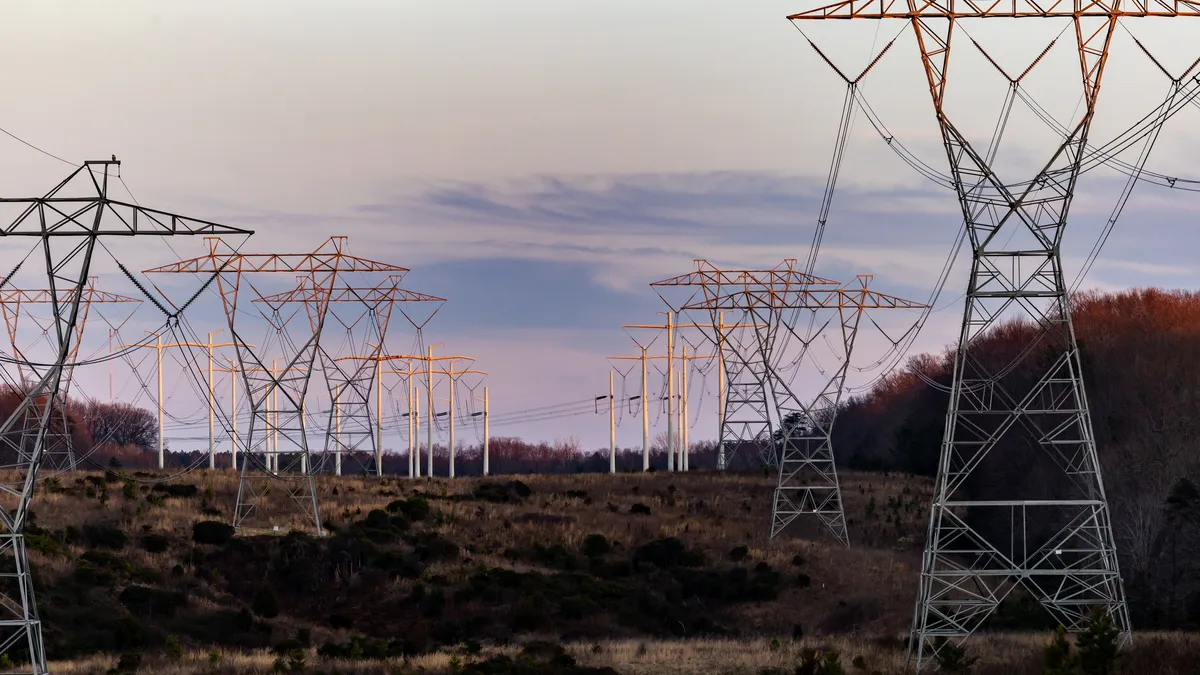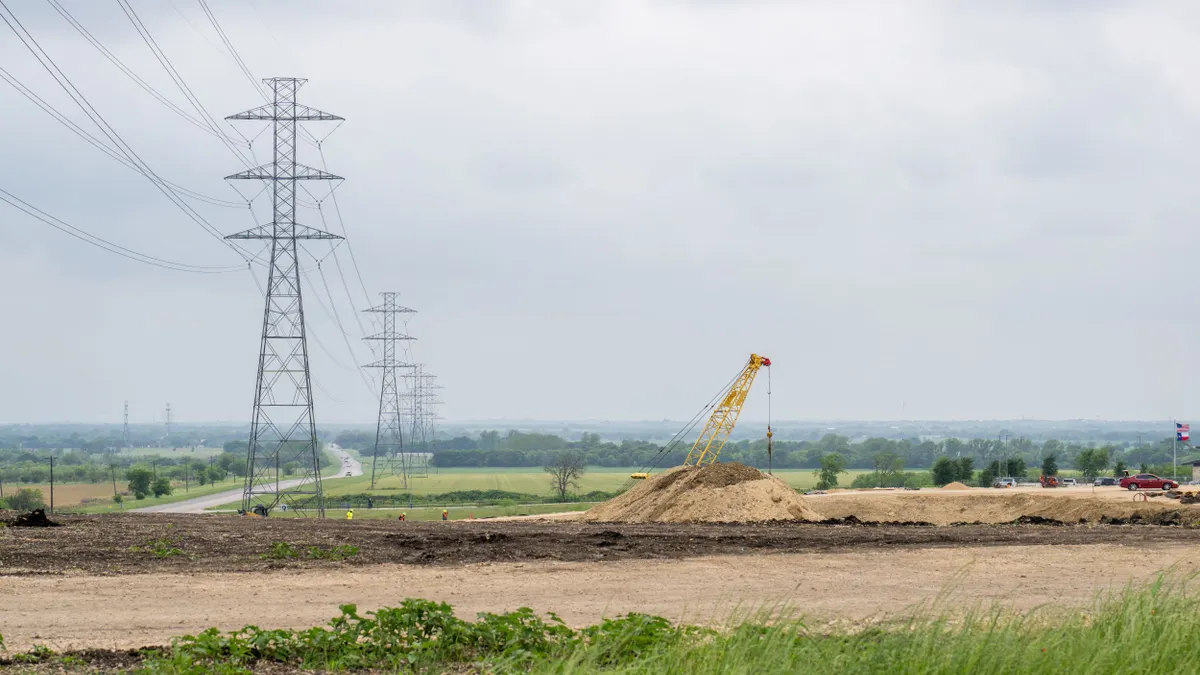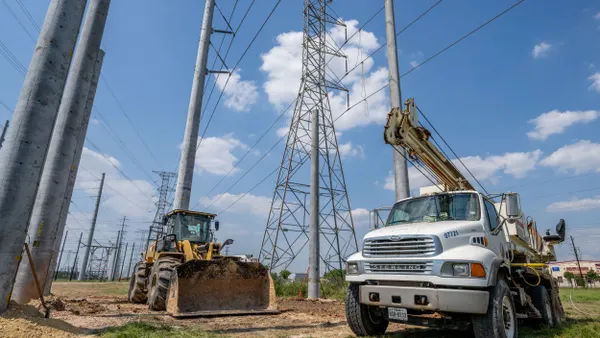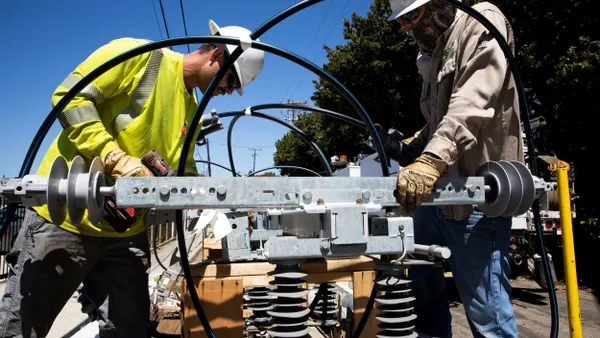Dive Brief:
- A group of nine Mid-Atlantic and Northeast states plans to issue a request for information to gauge the potential for building “no regrets” transmission projects between New England, New York and the PJM Interconnection, according to an action plan released on Monday.
- No-regrets interregional transmission needs grow to 4 GW between PJM and New York and to 3 GW between New York and New England by 2040 — and could be higher depending on load growth and decarbonization developments, the Brattle Group said in the action plan, which the consulting firm wrote for the Northeast States Collaborative on Interregional Transmission.
- “We believe that there are likely low-hanging fruit, no-regrets interregional transmission projects that current transmission planning approaches are failing to identify,” Katie Dykes, commissioner of Connecticut’s Department of Energy and Environmental Protection, said during a presentation Tuesday on the action plan.
Dive Insight:
The collaboration intends to break down barriers to interregional transmission development, but the effort may require state and federal legislation, according to Dykes.
The states in the collaborative that was formed in 2023 are: Connecticut, Delaware, Massachusetts, Maine, Maryland, New Jersey, New York, Rhode Island and Vermont.
“The focus is really on … identifying beneficial transmission that states can collectively pursue in order to reduce costs for our consumers and increase the security of our system, because each region going it alone ... is inherently more expensive in terms of the overall build of resources, but also less secure because you do not have the benefit of the increased resource diversity that interregional transmission can help provide,” said John Bernecker, director of the Transmission Center of Excellence at the New York State Energy Research and Development Authority.
The Brattle Group recommended that the Northeast and Mid-Atlantic states work with PJM, the New York Independent System Operator and ISO New England in developing the request for information and assessing its responses.
In the near-term, the collaboration should also develop a framework for allocating project costs, according to the action plan.
Other steps to be taken within a year include:
- Develop uniform high-voltage, direct current technology standards;
- Assess the potential for optimizing state offshore wind and transmission purchases;
- Improve power flows across seams; and,
- Bolster interregional transmission planning.
The Federal Energy Regulatory Commission included positive interregional transmission planning requirements in its Order 1920 on transmission planning, but the agency didn’t go far enough, according to Dykes.
“Our collaborative will work together to identify additional principles and processes needed to improve interregional transmission planning, which we can then advocate for at ISO New England, the New York ISO and PJM,” she said.
Longer-term, the collaborative aims to explore creating a buying pool for transmission equipment, according to the action plan.
“There might be a role for our group of states working together to pool our buying power to help address supply chain issues facing transmission, pooling our demand could, for example, provide necessary certainty for equipment manufacturers to scale up their production, while also potentially leading to cost savings for states and ratepayers through bulk purchasing,” Dykes said.















